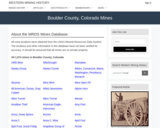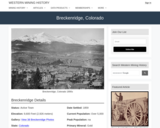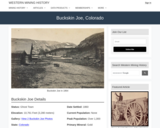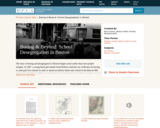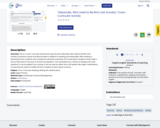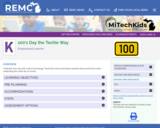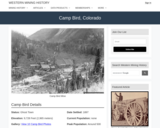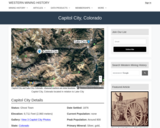
In 1803, the United States purchased the Louisiana Territory800,000 square miles of land in the interior of North America. Most of this land had not been previously explored or documented. President Thomas Jefferson chose Meriwether Lewis and William Clark to lead an ambitious military expedition, seeking a northwestern passage to the Pacific Ocean and to document their journey in this unknown territory. Starting in what is now Missouri, the expedition followed the Missouri River and passed through present-day Montana on its way to the Pacific. The explorers commented on the beauty of the landscape and the abundance of animals, and their descriptions attracted fur traders and others ready to take advantage of the region's abundant natural resources. The discovery of gold in 1862 brought in the first rush of people and subsequent mining forever changed the region. The mining industry demanded support in the form of towns, railroads, logging, ranching, and farming. These industries shaped Montana and the people who settled there. This exhibition explores the industries that brought settlers to Montana from the early days to the 1920s. Each industry had its own boom and bust cycle that impacted the residents and the future of the state. This exhibition was created as part of the DPLAs Public Library Partnerships Project by collaborators from Montana Memory Project: Jennifer Birnel, Della Yeager, Cody Allen, Dale Alger, Caroline Campbell, Carly Delsigne, Pam Henley, Stef Johnson, Lisa Mecklenberg-Jackson, Laura Tretter, and Franky Abbott. Exhibition organizers: Jennifer Birnel and Franky Abbott.
- Subject:
- History
- U.S. History
- Material Type:
- Diagram/Illustration
- Primary Source
- Unit of Study
- Provider:
- Digital Public Library of America
- Provider Set:
- DPLA Exhibitions
- Date Added:
- 09/01/2015
